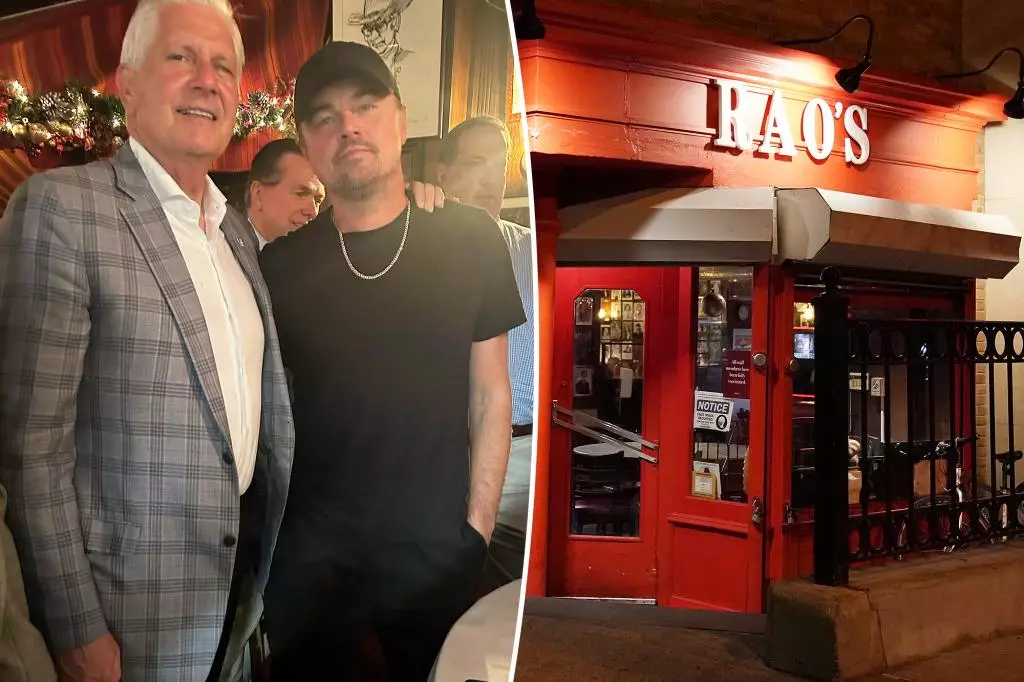In the heart of East Harlem, famous for its culinary exclusivity, Leo DiCaprio made an unforgettable appearance at Rao’s, a restaurant synonymous with New York’s elite dining scene. Known for its seemingly impossible reservation process, Rao’s turned out to be the perfect venue for an evening that brought together not just stars but a meeting of ambitious minds. DiCaprio, accompanied by Nassau County Executive Bruce Blakeman and entrepreneur Andrew Murstein, exemplified how Hollywood’s glimmer can converge with local governance and entrepreneurial spirit.
DiCaprio’s Heartfelt Engagement
What truly set the night apart was DiCaprio’s approachability. Witnesses reported him engaging warmly with fans, taking a dozen photographs and even participating in multiple FaceTime calls with excited spectators’ families and friends. This kind of warmth not only affirms DiCaprio’s public persona as a genuine individual but also highlights the unique relationship celebrities have with their fans in a city that thrives on star power. This interaction raises the question of how significant such moments are in humanizing celebrities, making them relatable figures rather than untouchable icons.
Hollywood Meets Local Legacy
The dinner, reportedly orchestrated by Murstein, a board member of the Hamptons International Film Festival, had a deeper narrative woven into it. The presence of DiCaprio’s “Wolf of Wall Street” co-star Bo Dietl and ABC Radio’s Sid Rosenberg lent the event a blend of entertainment with the serious undertones of developmental conversations. At a time when Nassau County is vying for a name in the cinematic landscape, Blakeman shared aspirations to shape the area into ‘Hollywood East.’ His vision is underscored by a staggering $533 million economic contribution from entities like Grumman and Gold Coast Studios to the locality.
Security Challenges and Personal Connections
While the spotlight naturally fell on DiCaprio, it was the paradox of security that caught attention—an indication of the power dynamics at play during celebrity events. Reports highlighted a noticeable security detail for Blakeman, contrasting DiCaprio’s relatively unguarded presence. The nuanced interplay of celebrity influence and local politics is a telling reflection of how film stars hold sway in discussions that could alter the socio-economic fabric of their surroundings.
The Symbiotic Relationship of Fame and Community
Blakeman’s anecdotes—mentioning his predecessor’s link to Paul McCartney—coupled with the warm ambience of Rao’s, created an evening where high-profile conversations mingled with cultural lore. It speaks to a larger truth: that in cities like New York, the lines between entertainment, community ambition, and personal history blur, creating a rich tapestry of experiences that resonate far beyond a single event. Thus, evenings like these are not merely gatherings but pivotal moments that can amplify the voices of those aiming to redefine their community’s identity in a world eager for stars.
In the end, the night at Rao’s was a vivid illustration of how engaging conversations and genuine interactions have the power to illuminate the hidden potential within local spaces, facilitated by the bright lights of celebrity.

